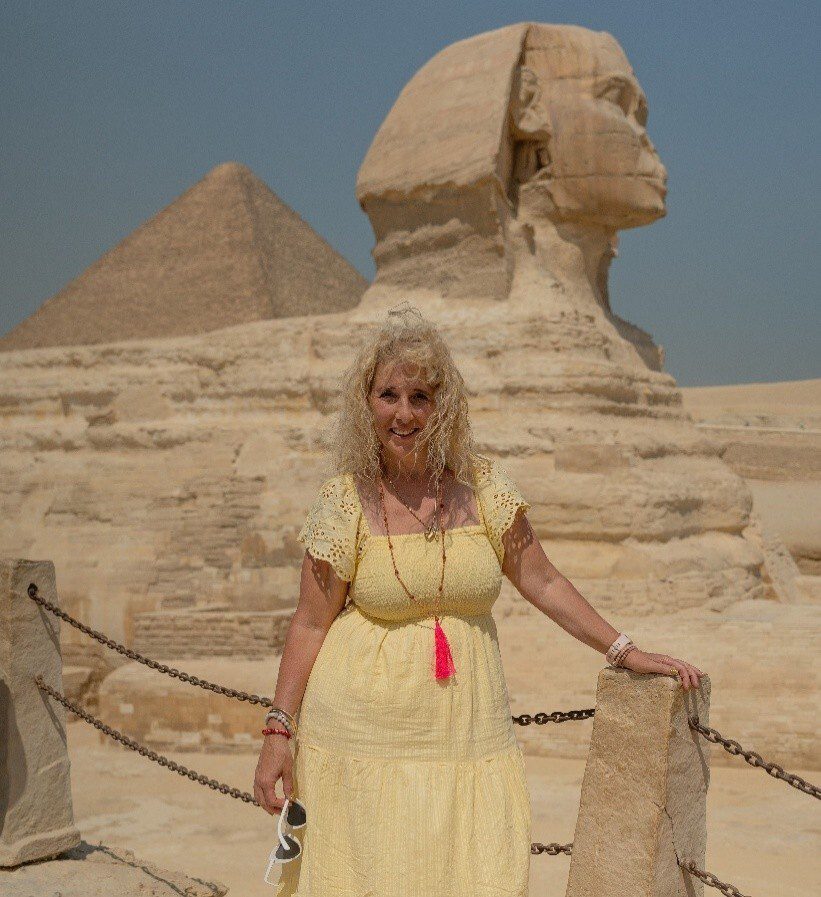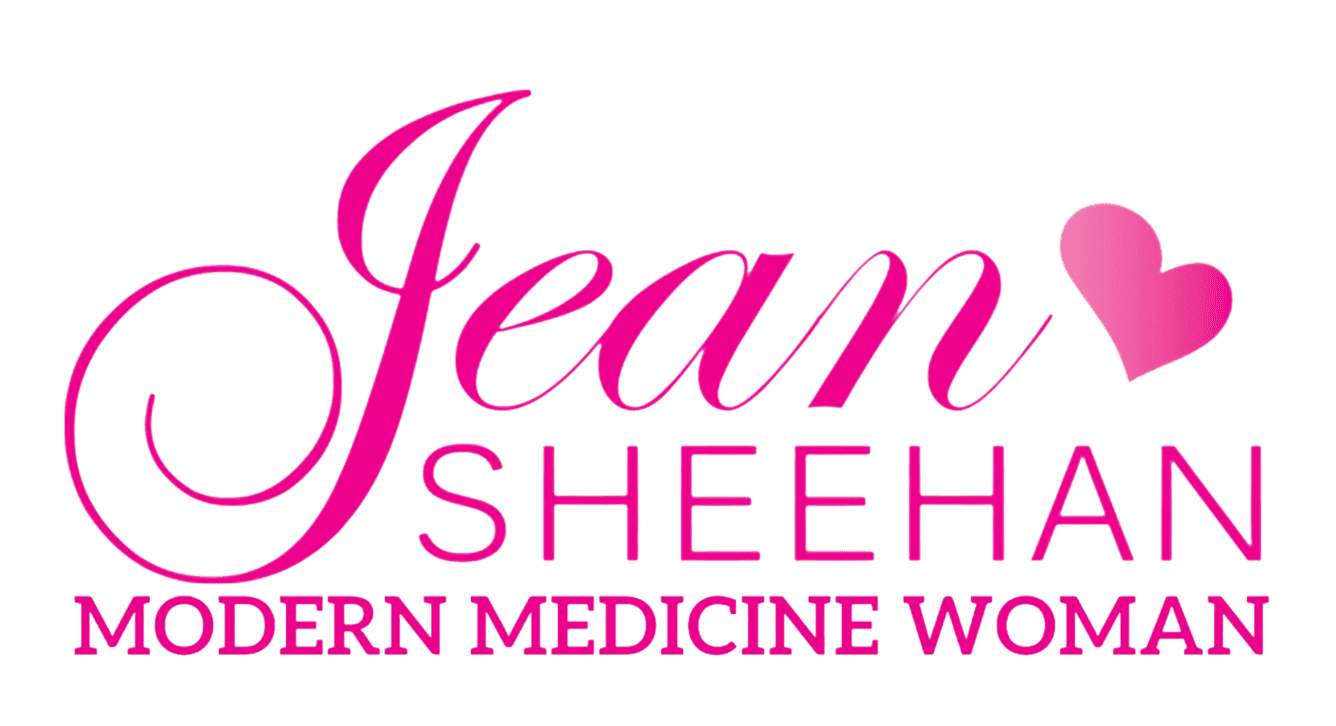
Animals, Medical Intuition & You
I’ve never needed an instruction manual or set of rules on how to communicate and be with non-human animals. I’ve always known them as my kin, hearing them and speaking with them, knowing them through sense and feel as a soul, as am I. To me, outward appearance of their fur versus my skin, or feathers and scales instead of freckles and more freckles, has never separated us. I am as I am, they are as they are, and we are all in it together.
It seems that through human’s desire to classify, to categorize, to perceive a demonstration of intelligence through the use of words, scientific or otherwise, there is a corresponding desire to separate from, to be different to, to be other than. And that has included the non-human animals with which we share this earth.
Many adore and cherish animals of all kinds. Many seek to understand them better, wishing they could know what the animals are saying. Looking beyond words in our native or learned tongue and beyond the use of telepathic communication, there are other ways of appreciating the language of non-humans. One that enables us to appreciate and respect them as they are and one that enables us to join with them to enrich their lives, and in so doing, deepen our connection to and relationships with them as well as our understanding and appreciation of them.
One of the ways through which we can know animals better is through interpretation of the body’s articulation of the soul’s story. Our bodies and those of non-human animals, show the dominant emotions, thoughts, feelings and beliefs held. In other words, our bodies hold body consciousness. Just as we can interpret the underlying energetic aspects of our being, we can do the same for animals.
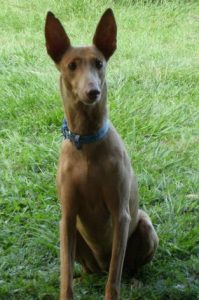
Without knowledge of body consciousness, I had thought my adopted senior dog friend Isis, who displayed high levels of anxiety whenever I left for work each day by rapid panting and knocking her front elbows against the floor as she quivered and shook, was distressed by my departure each day. I tried to lessen it through things like de-sensitization to me doing any of the things that might indicate I was about to leave – rattling keys, picking up a bag, shutting the door, getting dressed, and so on. I tried distraction techniques, trying to make it a positive experience for her. I gave her food distractions at various times before my departure, trying to get her engaged in a pleasurable activity so she might think my departure could provide a nice experience too. With a whole lot of patience, repetition and time, the anxiety she displayed upon my departure did lessen. Yet it didn’t go away entirely, and other health issues arose which I did not at the time link to such episodes as I’d yet to come to understand body consciousness.
If I had had the knowledge of body consciousness during the time Isis was with me, I would have known her experience to be not just anxiety but grief and heartache, which is held in the outer elbows. I would have known she was having difficulty accepting and integrating departures as part of life. From her rapid panting and infrequent and pronounced swallowing I would have known that she was having difficulty assimilating this event and was not readily able to release her reactiveness and responsiveness to it. I might have known that the diagnosis of large intestine colitis soon after I adopted her, and before her elbow knocking began, was indicative of her inability to let go of pre-existing grief. I might have known that without adequately addressing her concerns, both at my daily departure for work and also events she experienced in her life before becoming part of my family, she was likely to develop further issues that could manifest physically. Isis passed only two and a half years after I adopted her, with stage 3 grade 3 metastasized spleen cancer. There isn’t a day that goes by that I don’t miss her or that I am grateful to her for helping to lead me toward knowing more about integrative health care and body consciousness and how I can use it to assist other animals and their people.
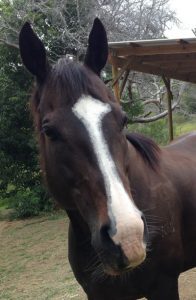
The following example, provided with the permission of the participants, is of an online conversation regarding a mare, Bonnie, and her person, Sarah. Sarah had been concerned for some time about Bonnie’s health. Though Bonnie had had repeated laminitis Sarah felt she had Cushing’s Disease. On this basis I shared with Sarah the metaphysical aspects of Cushing’s, these being the interpretation of the primary glands involved – adrenals and pituitary – and the energetic association with the areas of the body concerned. Bonnie’s body was sharing her story, through unbalanced glands, that coping, harmony and paranoia were areas of concern for her. She lacked an outlet for self-expression within the herd with which she felt comfortable and confident.
I suggested to Sarah that she consider from Bonnie’s perspective how Bonnie related to and fit in with the herd, which included Sarah as well as the other horses. I interpreted that one of Bonnie’s main concerns was she did not know how to express and assert herself in relation to others, and did not relate to others with ease. Sarah then confirmed to me that the other horses seemed to regard Bonnie and treat her as being at the bottom of the pack.
I suggested Sarah might consider providing behavioral interaction to enhance Bonnie’s personal empowerment. This would assist Bonnie in becoming comfortable with how to relate to, and within, the herd, developing coping skills and understanding of where and how she could fit in, expressing herself so that she felt fulfilled, empowered and at ease. With Sarah’s participation, Bonnie’s emotional and intellectual understanding of herself and the herd could come back to a state of balance and wholeness. This could be achieved through, for example, natural horsemanship techniques, working with Bonnie to build mutual trust and harmony between them, while providing Bonnie with the option of trusting herself in her choices to find and fulfill her need for inner harmony and empowerment. Through providing such opportunities, Bonnie could reach self-realization through re-writing her choices, actions and outcomes, learning new ways of being, choosing and interacting. In being an active participant in choosing to change her thoughts and beliefs Bonnie could re-write her story and her biology.
Subsequent to our conversation, veterinary tests confirmed Bonnie had Cushing’s Disease. Through Sarah’s intuition, persistence and research, she is assisting Bonnie with diet, nutrition, veterinary advice as needed, and being mindful of Bonnie’s emotional and energetic state to achieve a whole health approach.
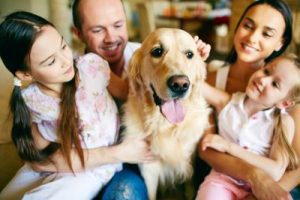
When growing up, my family included animals, and when that didn’t seem enough, I’d go exploring the neighborhood, connecting with everything from cats and dogs, to butterflies, birds, bugs, lizards, frogs and more. Early photos show my biggest smiles with a cat in my arms, a lizard clinging to my shirt, me in an enclosure of goat kids, and me on a horse. I am at my most engaged, connected and fully present in the company of non-human animals. In their company, my heart sings and my soul comes alive. Seeing with my heart, as well as my eyes, finds me in a place of absolute connection and oneness with animals. This enables me to ‘know’ an animal beyond its physicality.
Having been fascinated from an early age with mind-body consciousness and metaphysics, I later included studies of philosophy and ethics in my high school and university education. Seeking further knowledge and insight, I have completed Millennium Education’s Millennium Modality Medical Intuitive Modules I – IV, I use the knowledge to assist me in translating my knowing of animals, beyond their physicality, to humans, with a view to fostering greater depth, understanding and appreciation of each other, and ourselves. The application of Body Consciousness, as taught by Millennium Education, is one aspect of my training that I have applied to non-human animals through which I can do this. In my spare time, I volunteer my services and skills to animal shelters, working within adoption and animal hospital environments. I have a special interest in critical and palliative care.

